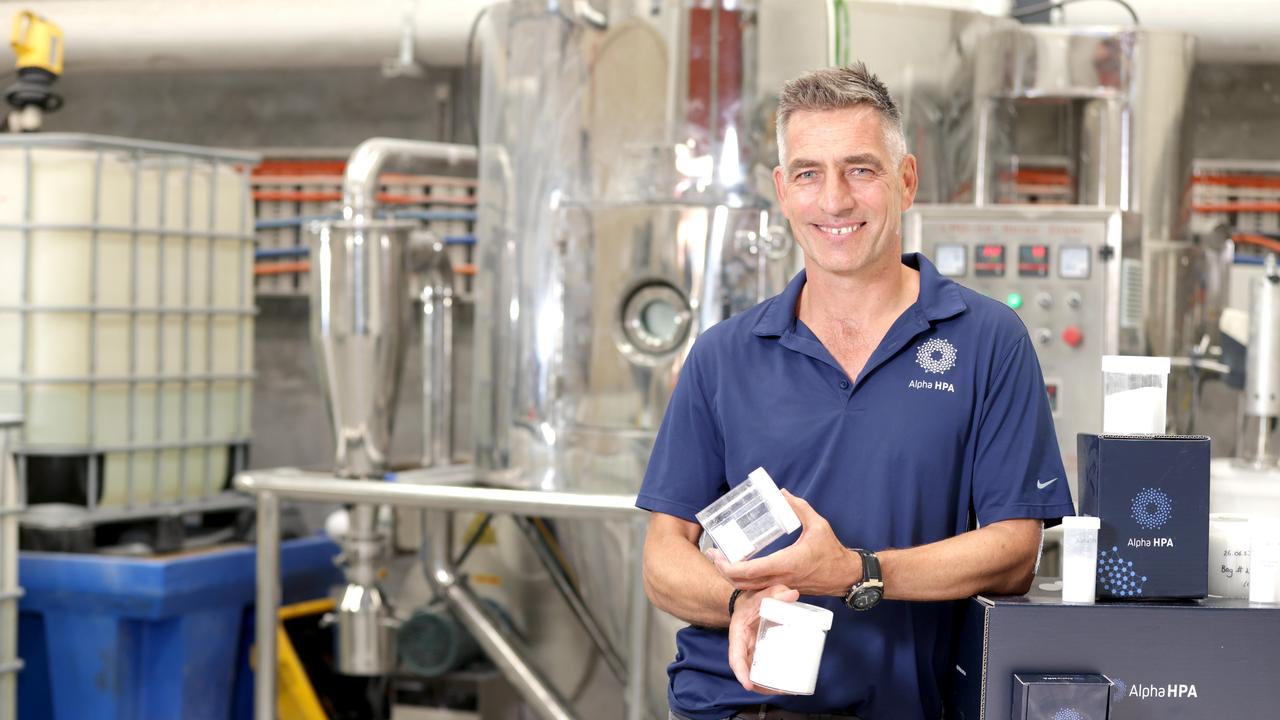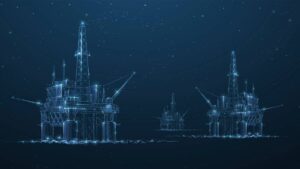Critical minerals manufacturer seals Japanese supply deal to help cool AI chips

Pic via Getty Images
Alpha HPA, a critical minerals manufacturer backed by Labor’s Future Made in Australia policy, has sealed a major supply deal with a Japanese electronics giant amid surging demand for semiconductors to power artificial intelligence.
ASX-listed Alpha HPA, which plans to establish the world’s largest high-purity alumina (HPA) refinery in Gladstone, Queensland, said it had signed a letter of intent with the as yet undisclosed manufacturer for HPA produced at the new facility under construction in the industrial city.
HPA is used as a cooling agent in the advanced semiconductor chips needed to power AI data centres, which as a by-product produces enormous amounts of heat.
Construction of the $553m project was started last year after the company received funding from the federal government’s Future Made in Australia policy – with credit approval for $320m in project debt and a $80m cost overrun facility.
It will also be supported by a $120m fully underwritten equity raising by Bell Potter and Macquarie Capital, as well as a share purchase plan.
Alpha HPA managing director Rimas Kairaitis said support from the federal government had been crucial as the company sought customers in Asia for its product.

“It has been the rock behind our success because it sends a kind of soft signal,” Mr Kairaitis said.
“Companies, particularly in North Asia, like to see you have government support.”
Production from the Gladstone facility is expected to start as early as 2026 and the company is now considering expanding operations to Canada in the future.
“Data centres and AI are the big drivers of demand for our product,” he said. “About 40 per cent of electricity used in data centres is used to cool them.”
The new facility will be capable of producing more than 10,000 tonnes of ultra-high-purity aluminium products and premium aluminium materials per year.
The development is expected to create 300 construction jobs and 120 ongoing operational roles.
The semiconductor sector is experiencing extraordinary growth, driven by AI data centres and the increasing demand for power semiconductors supporting the global energy transition. Deloitte estimates that electricity demand for AI data centres is expected to surge by 40 per cent globally by 2030.
The need for improved cooling systems and faster processing speeds has intensified the demand for high-purity alumina.
HPA together with minerals such as lithium, cobalt, vanadium and rare earths as elements are considered vital for the economic wellbeing of the country, but that may be at supply risk because of geological scarcity, geopolitical issues and trade policies
Starting life as a nickel miner, Alpha has developed a method of extracting highly pure alumina from ore. It quit the mining business to relocate to Gladstone in 2022 so it could access alumina feedstock from the giant Rio Tinto refinery.

“What the technology allows us to do is to take an unrefined alumina material from Rio Tinto 2.5 km up the road and purify it,” Mr Kairaitis said.
“Instead of mining millions of tonnes per annum of ore and having a tailings dam etc we buy the feedstock. The waste is mostly water that goes up the chimney and gets reclaimed. So it’s essentially a zero-waste facility.”
Using Alpha’s proprietary technology – a complex system of pipes, tanks and chambers at its facility northwest of Gladstone – the slightly coloured feedstock from Rio is refined into a ultra-white HPA powder similar in texture to icing sugar. Further refining and treatment creates another product known as sapphire glass, which is used in LED lighting and phone screens.
Mr Kairaitis in 2023 joined an Australian critical minerals delegation to Washington to discuss growing concern Western powers were falling behind in the supply of material essentials for semiconductors, batteries and other high-tech production.
“The US believes they’re probably 10 years behind China in the battery supply chain,” he said.
“They’re probably five years ahead in semiconductors and they don’t want to put that competitive advantage in jeopardy.”
This article first appeared in The Australian.
Related Topics
UNLOCK INSIGHTS
Discover the untold stories of emerging ASX stocks.
Daily news and expert analysis, it's free to subscribe.
By proceeding, you confirm you understand that we handle personal information in accordance with our Privacy Policy.








